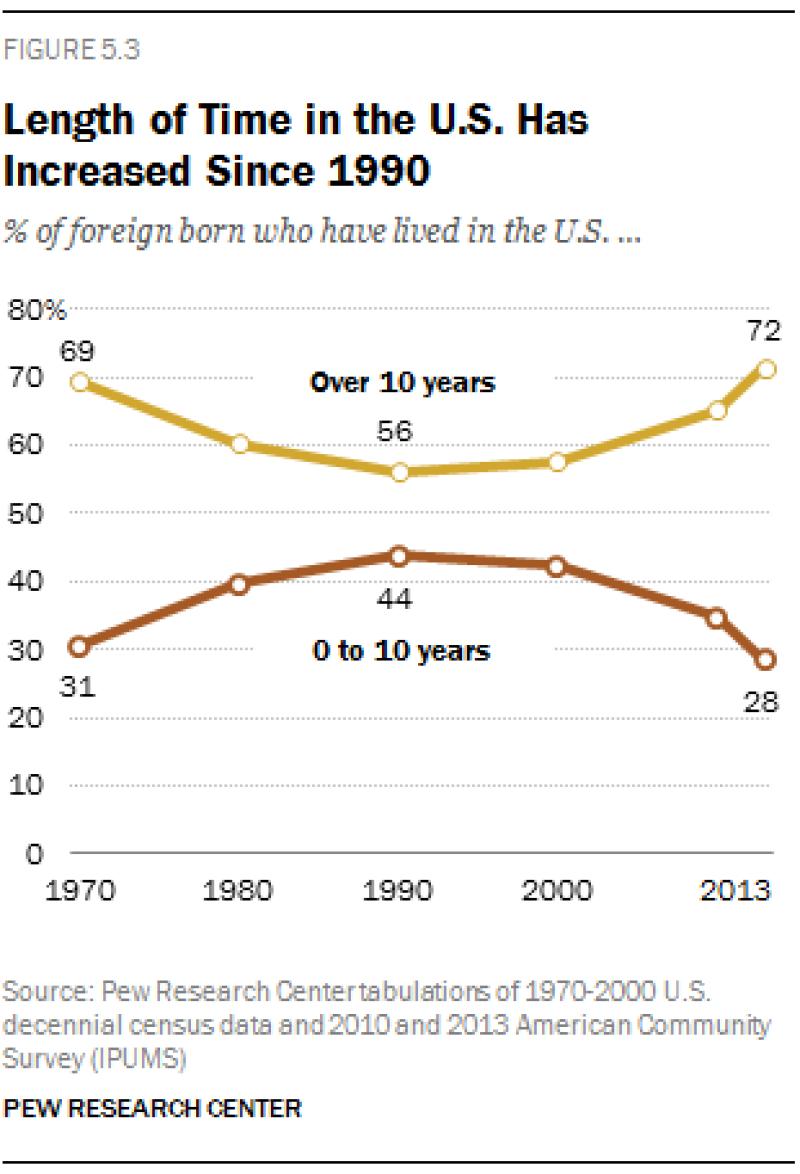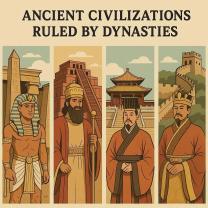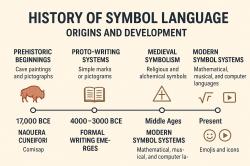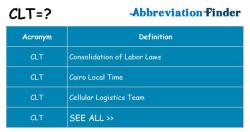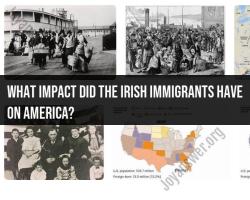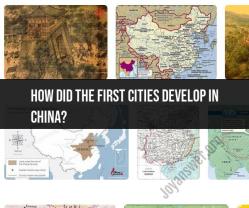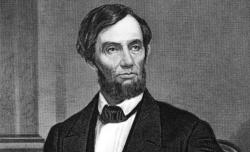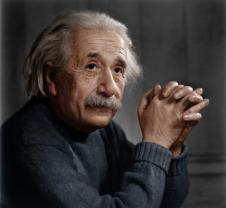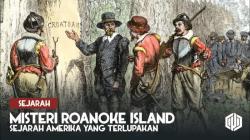How has immigration to America changed over time?
Immigration to America has evolved significantly over time, with changing patterns driven by historical events, economic conditions, government policies, and global trends. Here are some key ways in which immigration to the United States has changed over time:
Early Immigration (17th-19th centuries): The earliest immigration to America consisted primarily of European settlers and enslaved Africans. Waves of immigrants arrived from various parts of Europe, such as the English, Dutch, Irish, German, and Italian immigrants. Many immigrants settled in the eastern coastal regions.
Mid-19th Century Immigration: The mid-19th century saw a significant increase in immigration, driven by factors like the Irish Potato Famine and economic hardships in Europe. This period also marked the beginning of Chinese immigration, primarily for labor on the transcontinental railroad.
Late 19th and Early 20th Century Immigration: The late 19th and early 20th centuries brought a massive influx of immigrants from Southern and Eastern Europe, including Italians, Jews, Poles, and Russians. The United States experienced a substantial wave of immigration from these regions, leading to the establishment of ethnic neighborhoods in many cities.
Immigration Restrictions (Late 19th-20th centuries): The late 19th and early 20th centuries also witnessed the implementation of immigration restrictions, such as the Chinese Exclusion Act and the Immigration Act of 1924 (Johnson-Reed Act), which established nationality-based quotas. These restrictions limited immigration from certain countries.
Post-World War II Immigration: After World War II, there was a shift in immigration policies. The Immigration and Nationality Act of 1965 eliminated the national origin quotas and introduced a preference system based on family reunification and employment qualifications. This act significantly changed the pattern of immigration, leading to increased immigration from Asia and Latin America.
Refugee and Asylum Seekers: The late 20th and early 21st centuries saw the United States accepting refugees from various regions, including Southeast Asia, the Balkans, the Middle East, and Africa. Additionally, asylum seekers from around the world have sought protection in the United States.
Haitian and Cuban Migrations: The United States experienced waves of Haitian and Cuban migrations, driven by political turmoil and economic instability in those countries.
Latin American and Asian Immigration: In recent decades, immigration from Latin America, particularly Mexico, and Asia has been a prominent feature of U.S. immigration. This has contributed to the diversification of the U.S. population.
Change in Origin Countries: Over time, the countries of origin for immigrants have shifted. While European immigration dominated in the 19th and early 20th centuries, immigration to the United States is now characterized by significant contributions from Asia, Latin America, and Africa.
Demographic Changes: Immigration has played a vital role in shaping the demographic composition of the United States. It has contributed to the country's growth, cultural diversity, and labor force.
Policy Shifts: Changes in U.S. immigration policies have influenced the patterns of immigration. Policies related to family reunification, employment-based preferences, and refugee resettlement have all contributed to different immigration flows.
Immigration to America has been a dynamic and evolving phenomenon, reflecting the changing needs and circumstances of both the immigrants and the United States as a nation. It continues to shape the country's cultural diversity, economic landscape, and social fabric.
Changing Immigration Patterns to America Over Time
Immigration to the United States has been a defining feature of the nation's history, shaping its demographics, culture, and economy. Over time, immigration patterns have evolved and shifted, reflecting global events, economic conditions, and changes in immigration policy.
Historical Shifts in Immigration Waves:
Colonial Era (1607-1775): Early European settlers, primarily from England, came seeking religious freedom and economic opportunities.
Antebellum Era (1776-1860): Immigration increased, with substantial numbers arriving from Ireland, Germany, and other European countries, drawn by land opportunities and industrial growth.
Post-Civil War Era (1865-1914): The "Great Wave" of immigration occurred, with millions arriving from Southern and Eastern Europe, seeking refuge from poverty and political unrest.
World War I and Interwar Period (1914-1945): Immigration restrictions tightened, with quotas based on national origin limiting arrivals from Southern and Eastern Europe.
Post-World War II Era (1945-1965): Immigration from Asia and Latin America increased, while quotas from Europe were gradually relaxed.
Civil Rights Era and Beyond (1965-Present): The Immigration and Nationality Act of 1965 abolished national origins quotas, leading to increased diversity in immigration patterns.
Factors Shaping Immigration Patterns:
Economic Conditions: Economic downturns in sending countries and opportunities in the United States influence immigration flows.
Political and Social Unrest: Conflicts, persecution, and political instability in sending countries drive individuals to seek refuge in the United States.
Family Reunification: Immigration laws that prioritize family reunification have led to significant numbers of immigrants joining family members already in the United States.
Refugee Resettlement: The United States has a long history of welcoming refugees from various parts of the world, seeking protection from persecution and violence.
Historical Shifts in Immigration to the United States
Immigration patterns to the United States have undergone significant shifts over time, reflecting various historical periods and societal changes:
Early Immigration: Early immigration was primarily from Europe, driven by religious freedom, economic opportunities, and land ownership aspirations.
Industrialization and Urbanization: The Industrial Revolution and urbanization in the late 19th and early 20th centuries attracted millions of immigrants seeking employment in factories and cities.
Post-World War II Immigration: After World War II, immigration patterns diversified, with increased arrivals from Asia, Latin America, and the Caribbean, reflecting global political and economic conditions.
Contemporary Immigration: Current immigration trends include family reunification, skilled labor migration, and refugee resettlement, reflecting globalization and the interconnectedness of the world.
How Immigration to America Has Evolved Across Eras
Immigration to America has evolved from a predominantly European influx to a more diverse global movement, reflecting changing world dynamics and the nation's evolving needs:
Diversity of Origins: Immigration patterns have become more diverse, with individuals from all regions of the world seeking opportunities and refuge in the United States.
Family Reunification: Family reunification has played a significant role in recent immigration trends, with immigrants joining family members already established in the United States.
Refugee Resettlement: The United States continues to be a major destination for refugees seeking protection from persecution and violence around the world.
Skilled Labor Migration: Immigration of skilled workers has increased, as the United States seeks to attract talent and expertise from various fields.
Immigration has played a profound role in shaping the United States, contributing to its economic growth, cultural vibrancy, and social fabric. Understanding the historical shifts and evolving patterns of immigration is crucial to comprehending the nation's past, present, and future.
